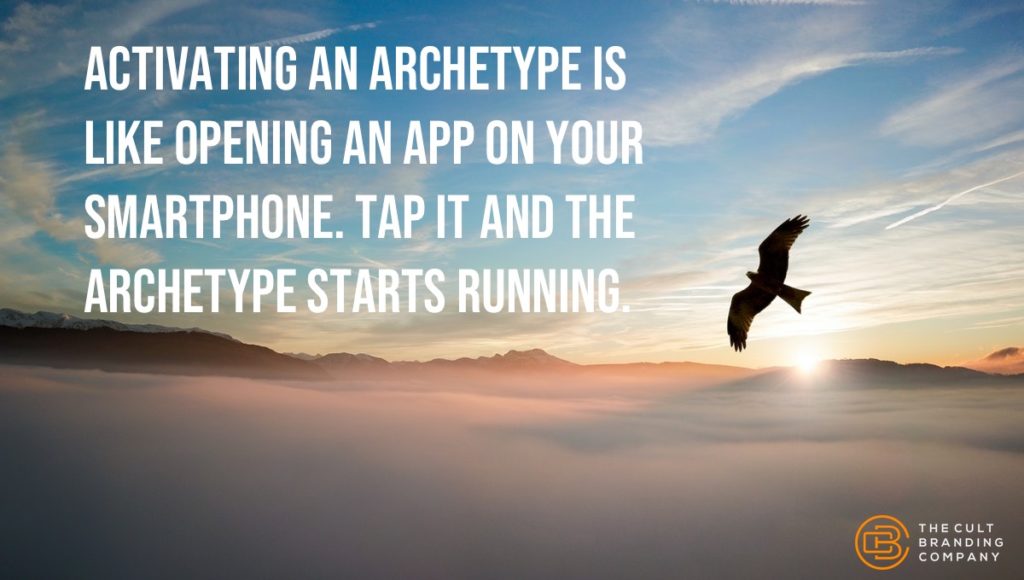
Our culture, and every modern culture since the Age of Enlightenment, praises reason above all else.
Reason and logic became the salvation of mankind and ushered in the industrial, technological, and information ages.
When humans praise one thing, they have a tendency of doing so at the expense of something else.
In this case, the rise of reason brought a bias against its supposed opposite: emotion.
The Emotional Life of Your Customer
In praising reason, we forgot that human beings are, first and foremost, emotional creatures.
Our reasoning strategies evolved within a vast network of emotions and feelings.
This cultural bias towards reason can keep us from understanding our customers (as well as our employees and ourselves). It gives us a false picture of who we’re trying to serve, for our customers are predominantly emotional, not rational, beings.
In the final analysis, we’re all more alike than we are different. Our emotional lives are what bind humanity together.
Tools for Exploring Your Customer’s Psyche
Unconscious processes operate millions of times faster than does our conscious mind. As much as 95% of our brain processes that result in decisions, behavior, and the motivations behind that behavior, are not conscious.
To get to better know ourselves and to get on pulse of what truly drives our customers to make decisions, we need to go below the surface. We need to somehow access and uncover the motivations in the subconscious and the unconscious mind.
Archetypes, images, symbols, and stories are gateways into these deeper realms.
Used consciously and correctly, this group of tools can provide penetrating insights into our customers’ lives that transcend even the most technologically-advanced research-gathering methods.
Archetypes are the Roots of the Soul
Psychiatrist Carl Jung observed that the psyche consists mainly of images. Many of these images are universal, found throughout the earth in our myths, dreams, and fairy tales. He called these universal mental images archetypes.
Archetypes are deep patterns embedded within each psyche.
We don’t create these archaic images or the patterns of behavior they embody. They come pre-installed in our operating systems; we inherit these images within our brain structure. They lay dormant within us until activated.
Activating an archetype is like opening an app on your smartphone. Tap it and the archetype starts running.
Symbols are the Building Blocks of Thought
Symbols are triggers of archetypal images. A symbol is a visual image that represents an idea. Water, for example, symbolizes the feminine life-force and the unconscious. The sun symbolizes the masculine life-force that surrounds us as well as our conscious mind.
Jung saw symbols as the building blocks of thought itself. Symbols, then, are shortcuts to reaching deeper levels of your customer’s psyche.
Every image—everything you can see with your eyes and in your mind’s eye—has symbolic counterparts.
When you see a ladder, your conscious mind sees a tool for climbing to higher places. Symbolically, the image of a ladder serves as a reminder of a psychological climb toward self-awareness or a spiritual climb to a higher truth.
A triangle represents a hierarchy. The eagle is a dominant bird of prey. Both the triangle and the eagle are age-old symbols of power.
Symbols can come in the form of visual images like in a logo or product packaging. But they can also come in the form of metaphorical language.
Symbols can be used as a signal to your customer of what your brand represents.
Stories Bring Archetypal Patterns to Life
Story is perhaps the most powerful way to express archetypal patterns. Every story has a cast of characters that represents expressions of various archetypes.
The hero, the villain, the friend, the wise old man/woman, the trickster all represent characters within each of us. They each possess certain behavioral patterns, values, and perspectives that carry their own truth.
Each of us is faced with a series of challenges in life designed to help us grow. The hero’s journey, for example, represents the journey to mature adulthood—the path to personal transformation.
When we listen to a story, we enter the story. When we watch a movie, neurons fire in our brain as if the story is happening to us. Stories, then, awaken and speak to the archetypes within us.
Brands that tap into the power of story can connect and influence their customers in ways their competitors can only dream of.
Emotions Give Images Life
A symbolic image alone doesn’t evoke any meaning in your customer. An image alone is lifeless.
Emotion is what gives the image life. When an image combines with emotion, the archetypal force is activated within your customer’s psyche.
It is this living archetype that defines a brand. It’s what drives a customer’s choice of which brand to associate with.
And so it is the emotional life of your customers you must turn to if you are committed to understanding them so that you can serve them better than anyone else.
